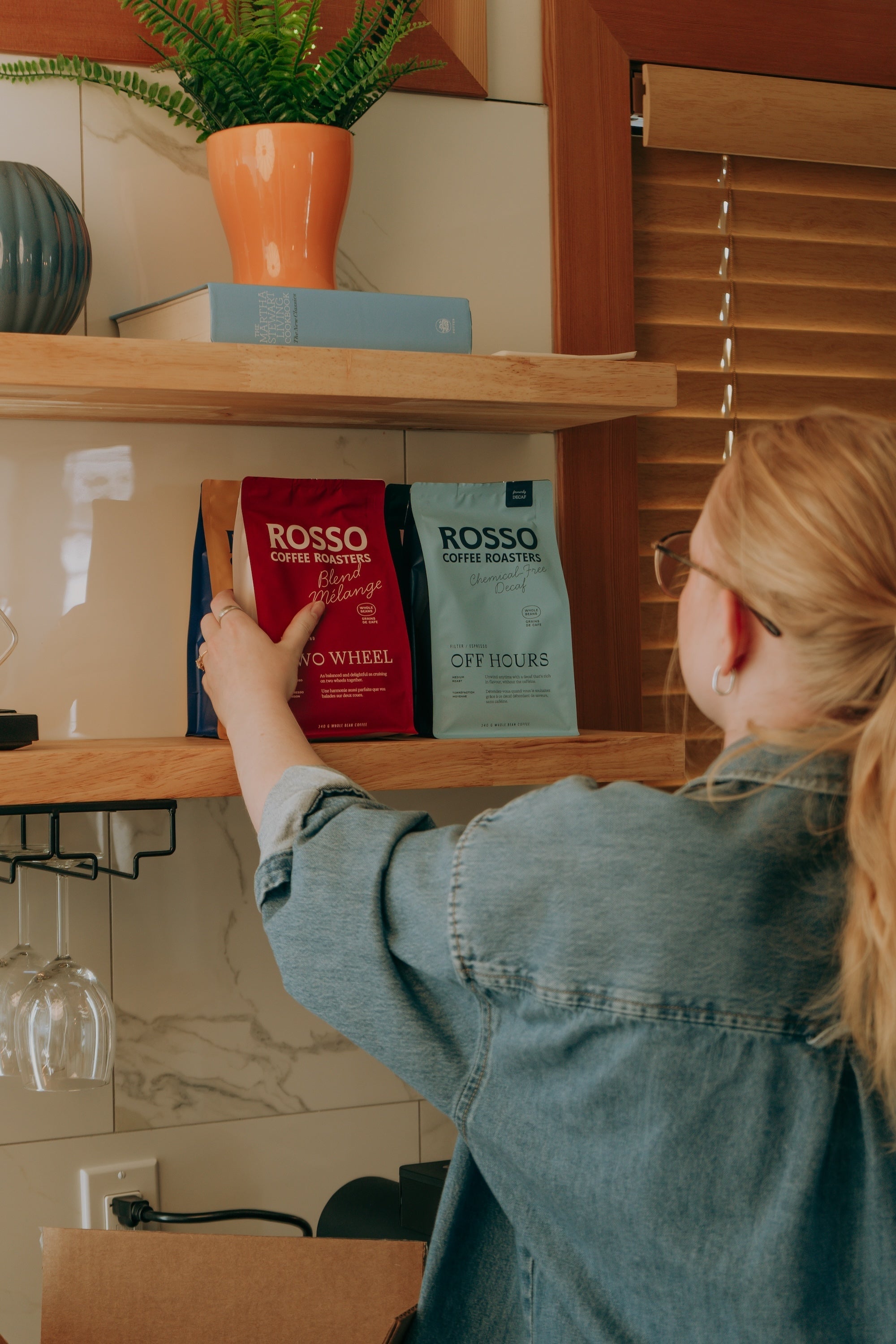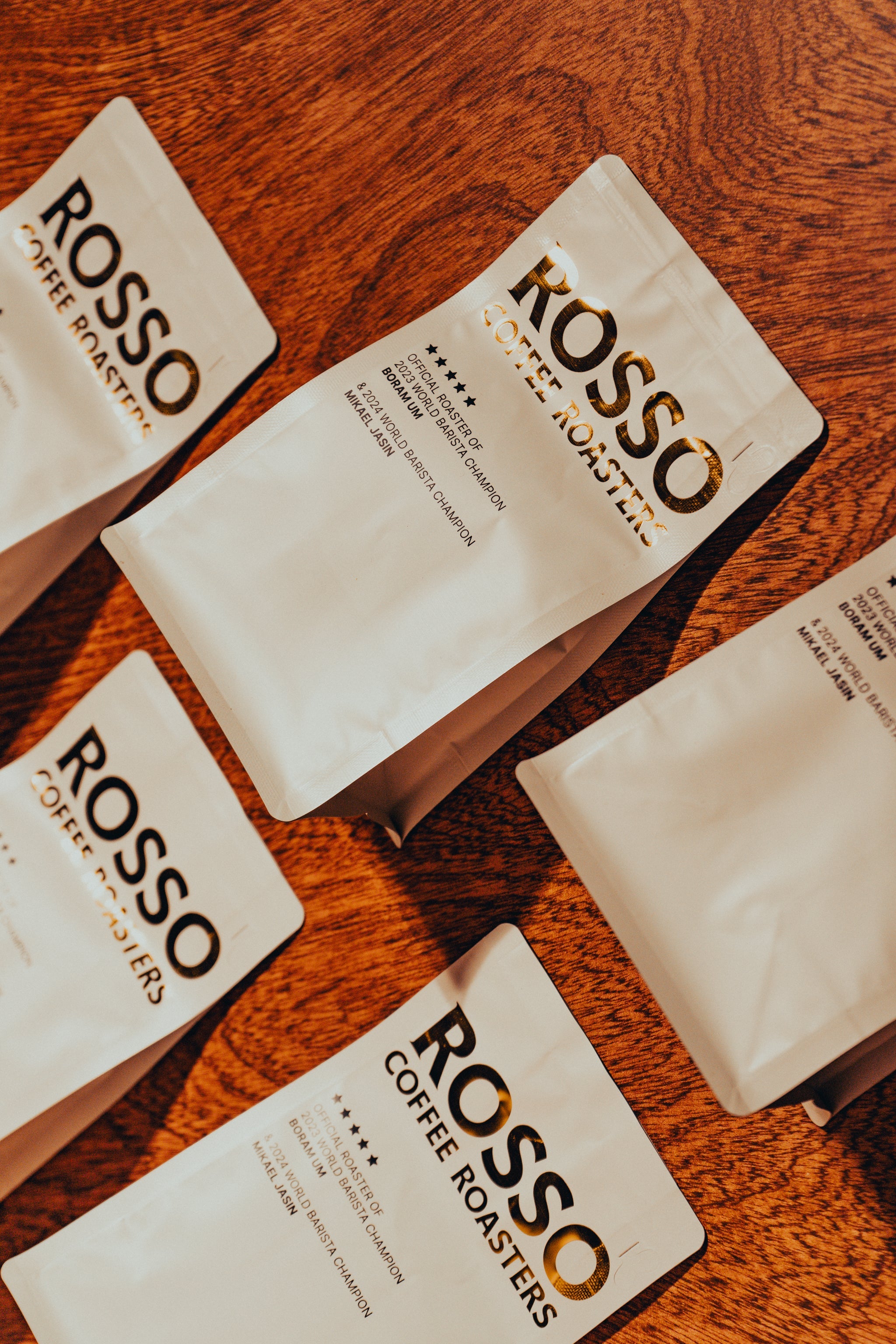

Creamer & Curdling

Is there a more enjoyable drink than coffee? Many would say no. Especially when it’s made for you by your favourite local cafe first thing in the morning. From the enticing aroma to each soothing sip, it’s that morning ritual we can all relate to. But sometimes, things go wrong. You look down into your cup and it’s clouded with floaties!
Speaking from the barista role, I can tell you this happens more often than you think. Especially with milk alternatives (looking at you, soy). So, what gives? Our dairy can’t be expired. It’s delivered weekly!
Let me share my findings with you…
Science Says
To understand why cream curdles in coffee we need to know why cream curdles in the first place. Typically as cream ages, the bacteria in the dairy will eat the sugars and produce lactic acid. As the lactic acid builds up, the pH of your cream will decrease and the cream will eventually curdle on its own. With the addition of heat, this process will be accelerated!
Now coffee is acidic meaning it has a low pH by itself. Depending on the roast level, brew method and brew parameters, some coffees will become more acidic than others—and this isn’t even taking into account where the coffee is from! Once the pH lowers enough, the curdling process will happen.
In the tofu making process, this curdling is actually done on purpose! Dried soy beans are soaked and blended before they are separated into pulp and soy milk. The milk is then heated and a coagulant is added to begin the curdling process. After some time, the solid curds are then pressed into the familiar blocks that we enjoy.
So if my cup of coffee has the heat and acidity that makes tofu, what should I do?
NELSON'S TOP FIVE TIPS TO AVOID DRINKING CHUNKS
Try these tips at home to avoid curdling:
5. Consider drinking your coffee black
You might be pleasantly surprised by the flavour and it will save you a few calories for another treat.
4. For milk alternatives try using “Barista” series
These milk alternatives usually come fortified with calcium. This calcium acts as an acidity regulator.
3. Add the milk first
Adding milk to your cup first and then coffee will gently bring the milk’s temperature down, making it less likely to curdle. By adding the milk second, the temperature change is more sudden. Alternatively, let your coffee cool down a bit.
2. Find the right coffee for you
Coffees that are less developed (roasted lighter) and grown at higher elevations will have more acidity to them! Even when brewed/extracted properly these coffees may have low enough pH levels to curdle your cream.
1. Use our acidity scale
Our coffee bag labels have a scaling indicator that tells you the level of sweetness, acidity and body of each coffee. For all of our black bag coffees, the acidity is rated at two stars or lower. This is an internal scale that helps differentiate our coffees from one another. Click here to browse our selection of coffees.











